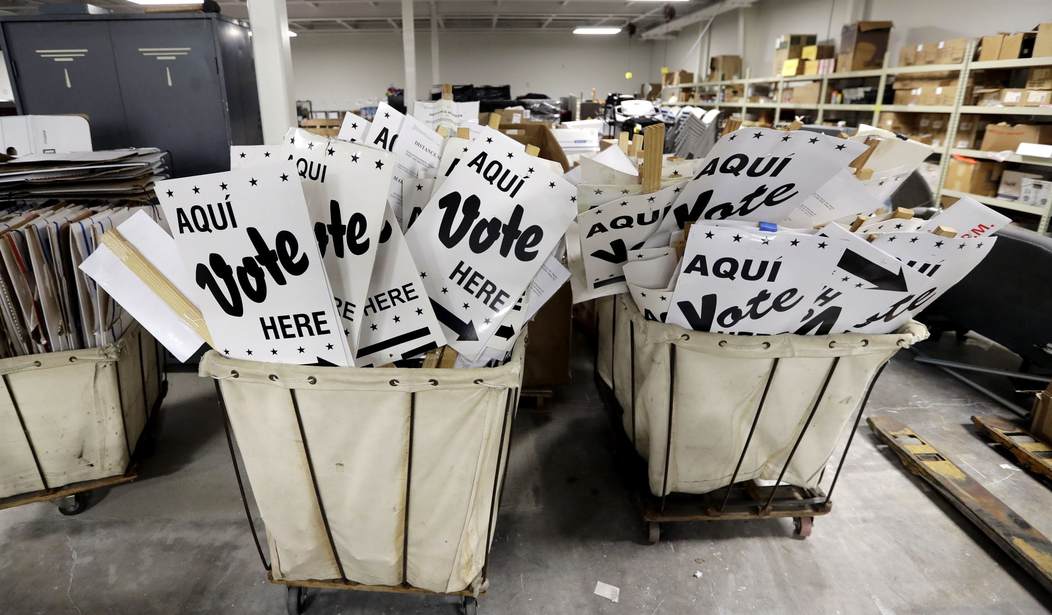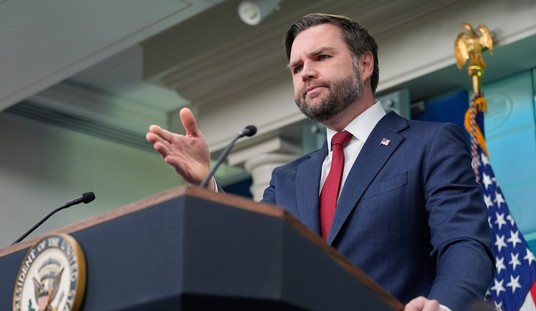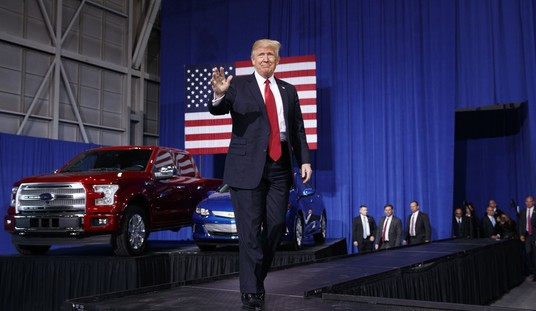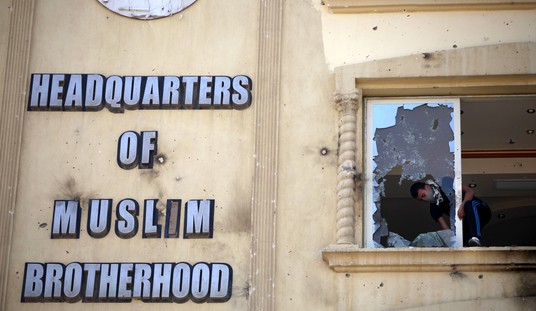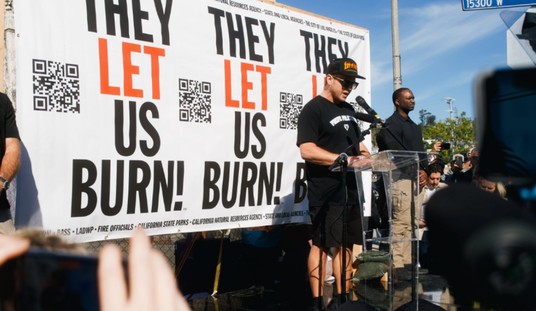Collectively, the nation is taking a political breather during these year-end holidays on the cusp of the run-up to the 60th presidential election. Not a bad idea for some cookies and brief relief given the record-breaking duration of this campaign.
We probably should not count the first two presidential elections. Without television and even the telegraph, Americans were not so possessed by instant gratification.
So, that balloting lasted for weeks. The first one, for instance, ran from Dec. 15, 1788, into the next year on Jan. 7.
Those first two were actually formalities. George Washington was “elected” both times unopposed by acclamation, a national unanimity that has yet to be duplicated.
Although a handful of candidates like Ronald Reagan (1984), Franklin Roosevelt (1936), and James Monroe (1820) came pretty close to unanimous in the Electoral College.
In 1960, John F. Kennedy announced his candidacy on Jan.3 of election year, just 10 months before the election. He won.
Donald Trump announced his latest candidacy on Nov. 15, 2022, almost two years before balloting. Now, exactly 14 months later the 2024 primaries finally begin with the Iowa Republican caucuses on Jan. 15.
Senate veteran and ex-vice president Joe Biden got thrashed there in 2020, finishing fourth behind such political heavyweights as an ex-mayor named Pete Buttigieg.
So, Biden pushed the red-state Iowa Democrat caucus back into March this cycle by which time he expects to have the nomination sewed up. It helps that his party is leaving rivals off primary ballots in some states.
Biden is also dodging the opening New Hampshire primary, where he finished fifth last time earning zero delegates. He didn't even register for that ballot this cycle.
Mainstream media have been financially stricken since the White House departure of Donald Trump, the attention magnet whose eager openness, bluster, and frequent access served both their interests. It brought Trump five years of dominating and manipulating news cycles, not always to his own benefit, and brought media five years of boom-town news-times.
Media’s wishful narrative right now, weeks before any votes are cast, is the same as Donald Trump’s brag that he is the inevitable Republican nominee in Milwaukee next August. It's a media win-win; Trump fans love hearing that, and Trump-haters apparently love loathing that news.
Joe Biden may be unaware, but his 39 percent job approval is the worst of any modern president at this stage. Even Trump's fourth-year opening approval of 45 percent was significantly better.
We’ll soon see if that matters.
The scale of Trump’s poll leads at the moment is impressive. However, those polls also show that an overwhelming majority of would-be voters would rather not have a 2020 rematch of two men born a few months after Japan started our World War II at Pearl Harbor and a few months after Japan's surrender ended it in Tokyo Bay.
Trump did not believe the 2016 polls that showed Democrat Hillary Clinton cruising to assume her rightful presidential political inheritance. And he was right.
This time, Trump claims he believes the polls, showing him, at least at this early moment, likely headed to become only the second president (Democrat Grover Cleveland) ever to lose reelection but win again later.
That, of course, is totally reliant on several factors:
- That the answers of poll-respondent samples accurately reflect the intentions of millions of non-respondents,
- That each of them bothers to actually show up to vote in primaries and then once again in November,
- That they are telling the truth about their candidate preferences now,
- And that they won't change their mind in the interim as a result of new information, family and peer pressures, media impressions, court verdicts, or other factors.
Remember, polling in 2016 by the Pew Research Center found that during that election year, virtually every Republican voter changed their mind at least once or twice and many three and four times.
Other than all that, in these tumultuous times 317 days before the Nov. 5 election, the poll results we’re seeing in this holiday period are set in stone. Not.
That being said, it turns out there is one ongoing, reliable indicator, not of candidate preferences among voters but of their party preference. Outside of campaigns micro-targeting voters, that indicator remains little-noticed.
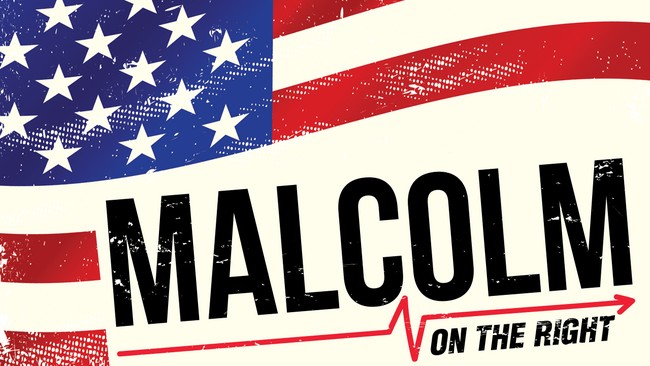
It’s religion.
There’s a lot of talk about religion around the holidays at this time of year and again at Easter. But outside of those calendar events, religious faith in general has faded worldwide, but especially in the United States.
The most recent Pew Center study found 43 percent of American adults identified as Protestants. That’s down from 51 percent in 2009. The same research found 20 percent of American adults identified as Catholic, down from 23 percent in 2009.
At the same time, the number of Americans who claim to have no religious affiliation – labeled Nones – has swollen.
The declines in religious identification and, thus, attendance are broad-based, coming among blacks, Hispanics, whites, both college and non-college graduates.
The gap is especially apparent among generations. Three-quarters of Baby Boomers (76 percent) describe themselves as Christian, while more than 80 percent of the previous Silent Generation say the same.
Less than half of Millennials (49 percent) describe themselves as Christian, while a growing 40 percent now qualify as Nones. The share of Millennials who say they never attend religious services (22 percent) has grown now to equal the proportion of those who attend weekly.
Others can debate the impact of these profound societal shifts on morals, culture, and economics. Gallup has examined the impact on politics.
Gallup found that the Nones have grown from essentially zero in the 1950s of the Eisenhower era to one-in-five today. And they have increased much more among Democrats and those who lean Democrat.
Gallup data indicates 26 percent of Democrats identify as Nones compared to 11 percent among GOP members. Interestingly, the decline in religious faith mirrors the broader decline of faith in other once-trusted institutions, such as the Supreme Court and the federal government.
One theory is that the larger drift from religion among Democrats becomes self-fulfilling the more religion becomes identified with Republican voters, politicians, and positions.
In effect, this adds religion to the numerous other aspects of American society that have become politicized and partisan. This, of course, intimates that those religious roots did not run all that deep in the first place.
The Gallup analysis continues:
Religion has a number of other positive functions in society, including its influence on morality and pro-social behavior, its influence on charity and giving back to the community, and its contribution to social cohesion and solidarity.
A continuing decrease in overall religiosity in American society, like the continuing decrease in faith in other American institutions, can have significant consequences for the health and viability of the country going forward.

